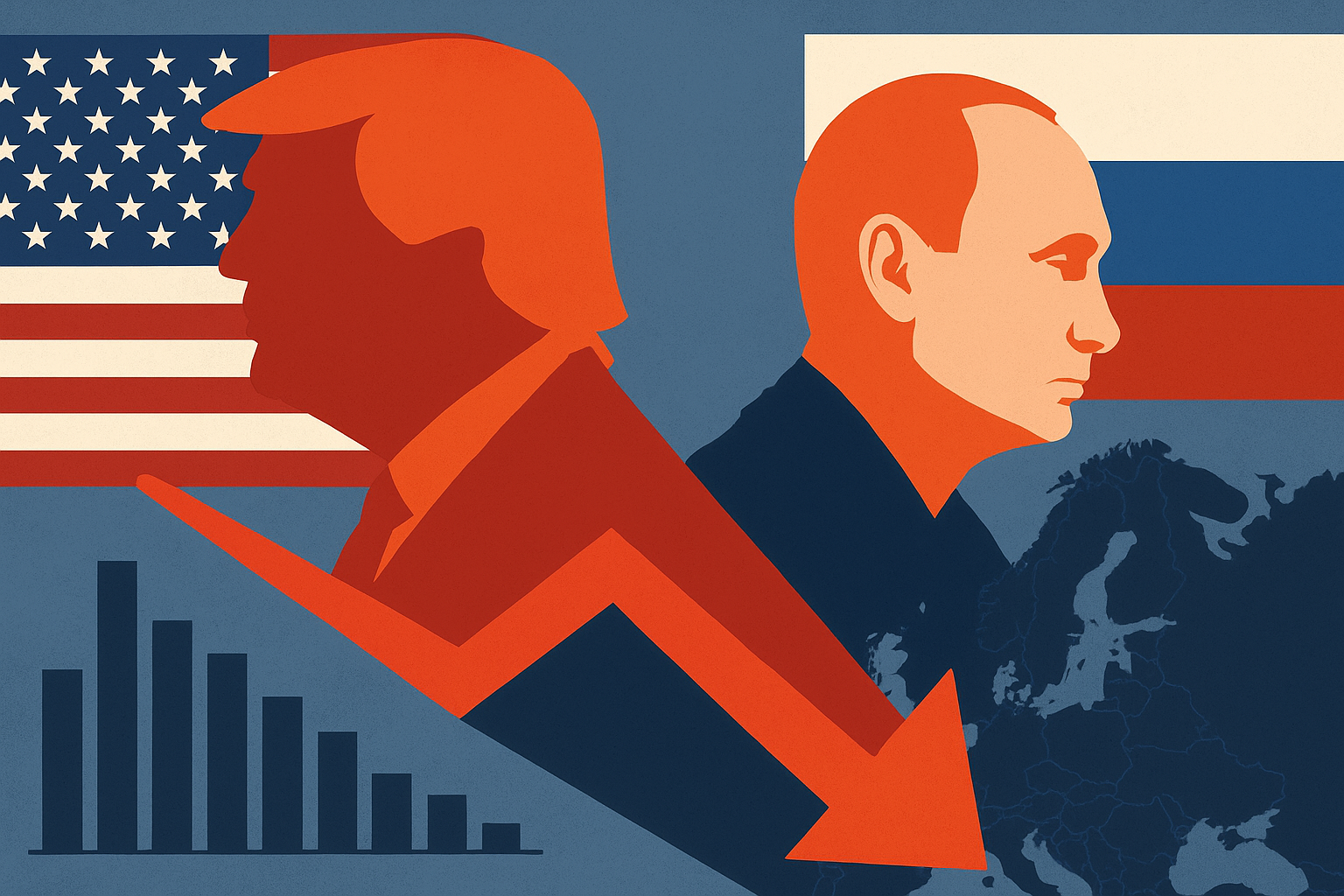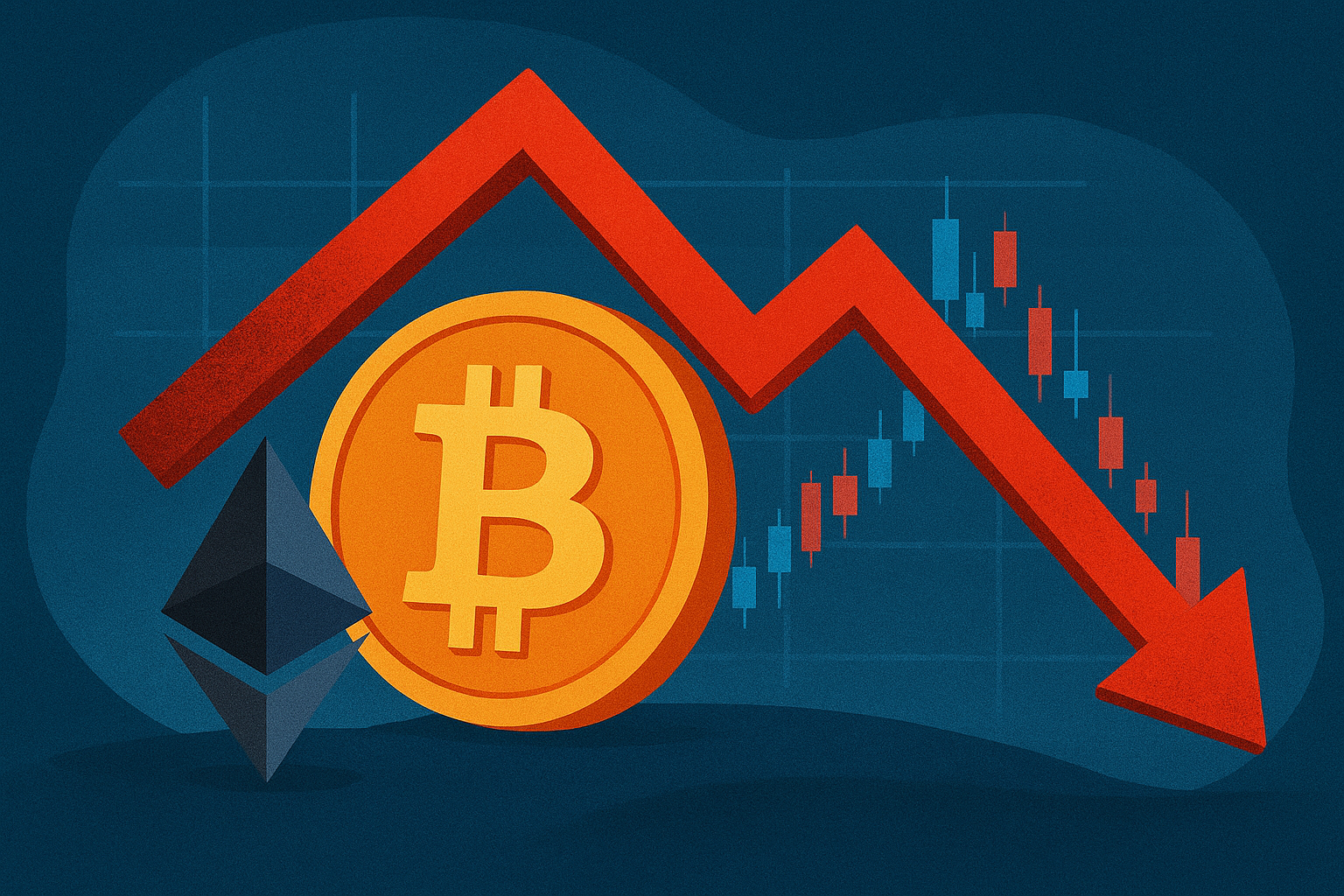Introduction:
In a move that could reshape the global mining industry, two of the world’s largest mining companies, Rio Tinto and Glencore, are reportedly in talks to merge. This potential merger, which is still in its early stages, has captured the attention of investors across the globe. With both companies holding significant sway in the metals and mining sector, the deal has the potential to affect not only their operations but the broader market as well.
Why should investors care? The combination of these two industry giants could create new opportunities for growth and efficiency, while also bringing about challenges and risks. As the discussions continue to unfold, it’s essential for investors to understand the implications of such a merger on the stock market and mining industry as a whole.
Why This Matters for Investors:
- Consolidation of Market Power
A merger between Rio Tinto and Glencore would create a mining titan with increased leverage in the global market. Together, the companies would control a significant portion of critical commodities such as copper, iron ore, and coal. This consolidation could have far-reaching consequences for supply and demand dynamics, as well as the price fluctuations of these essential materials.
According to data from Bloomberg, Rio Tinto and Glencore are already among the top players in their respective markets, with combined annual revenues exceeding $70 billion. The new entity could benefit from economies of scale, reduce operational redundancies, and have greater pricing power when negotiating with suppliers and customers.
- Impact on Commodity Prices
The metals and mining market is highly sensitive to shifts in supply and demand, and the merger could affect the production and distribution of key commodities. As Glencore and Rio Tinto combine their resources, their production capacities in critical metals like copper could increase, potentially driving down prices in the short term. On the other hand, the combined entity might reduce overall market supply if it focuses on higher-margin projects, which could drive prices up.
For investors, this shift in pricing power presents both risk and opportunity. Companies within the sector may see their margins squeezed or grow depending on their exposure to the merging firms’ output. Moreover, investors should keep an eye on commodity price forecasts to anticipate market moves.
- Synergies and Operational Efficiency
Mergers of this scale typically generate synergies that allow the combined entity to operate more efficiently. For instance, Rio Tinto and Glencore both have a strong global presence, but with overlapping assets and operations in several regions. By integrating their operations, they could streamline supply chains, reduce costs, and eliminate duplicative investments in exploration and production.
Experts from McKinsey & Company suggest that such mergers often lead to enhanced operational efficiency and improved cash flow generation. In this case, the merger could result in higher shareholder returns if these efficiencies are realized. However, potential risks include integration challenges, regulatory hurdles, and shifts in market sentiment, which could hinder the merger’s anticipated benefits.
The Road Ahead:
While the discussions between Rio Tinto and Glencore are still in early stages, the market has already begun to react. According to the Financial Times, Glencore’s stock price surged by 5% following the news of the merger talks, signaling investor optimism. However, analysts caution that the deal could face significant regulatory scrutiny, particularly in regions where competition law is strict, such as Europe and the United States.
There is also the possibility that the merger may not come to fruition if negotiations stall or fail to overcome regulatory obstacles. Investors should stay informed on the progress of these discussions, as any new developments could have a direct impact on both companies’ stock prices.
Future Trends to Watch:
- Commodity Price Volatility: With two major players in the mining industry combining forces, commodity prices could experience increased volatility, particularly in metals like copper and iron ore. This could affect not only the bottom lines of mining companies but also industries that rely on these materials.
- Regulatory Landscape: Governments and regulatory bodies will be closely monitoring the merger, and any antitrust concerns could delay or block the deal. Investors should track updates from regulatory agencies to assess the likelihood of the merger going through.
- Shareholder Reaction: As with any major merger, shareholder sentiment will play a critical role in determining the success of the deal. It will be important to see how shareholders of both companies respond to the merger proposal, particularly in terms of voting on the deal.
Key Investment Insight:
For investors, the potential merger of Rio Tinto and Glencore presents both risks and opportunities. While the combined entity could drive operational efficiencies and offer growth prospects in the mining sector, the deal’s success depends on market conditions, regulatory approval, and integration challenges. Investors should keep an eye on the commodity markets and monitor how the companies’ stock prices respond to news of the merger’s progress. Diversifying investments within the mining and commodities sector could provide a cushion against potential volatility in the short term.
Conclusion:
As talks between Rio Tinto and Glencore continue to unfold, investors should stay informed and consider the long-term implications of this potential merger on their portfolios. The combined market power of these two industry giants could significantly influence the mining sector, but only time will tell whether the deal will come to fruition. Stay updated with MoneyNews.Today for daily insights and expert analysis on this developing story and other key financial news impacting investors.





